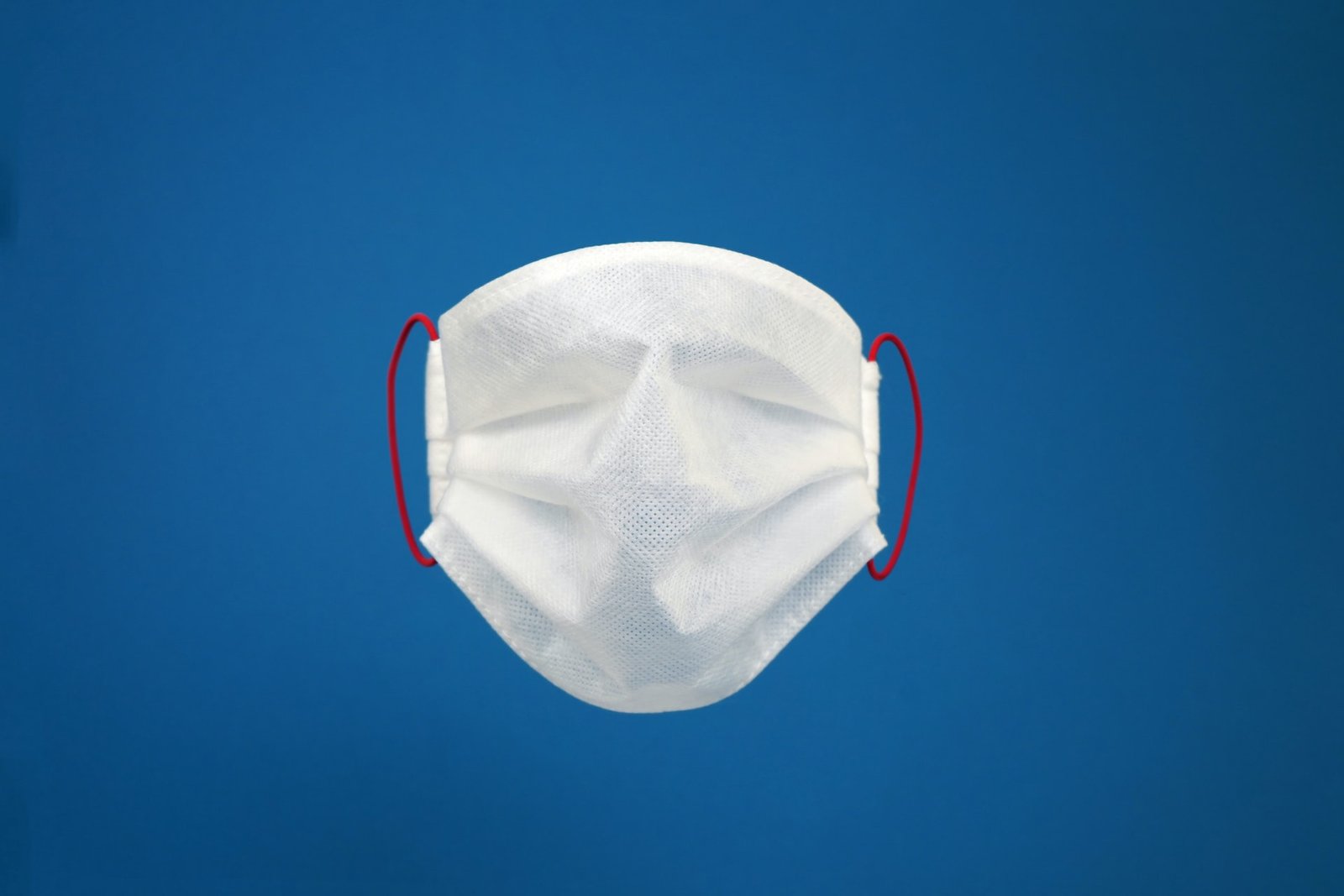Table of Contents
N95 masks are an important line of defense against the spread of respiratory viruses like COVID. Different variants of the virus can be resistant to different levels of protection, so it is important to know which type of mask will offer the best protection for you and your loved ones. In this blog post, we’ll explore what N95 masks are and how they work to protect against new COVID variants. Stay safe and stay informed!
What are N95 masks and what do they protect against?
N95 masks are designed to protect the wearer from inhaling particulate matter, including dust, fumes, and airborne viruses. The “N95” designation means that the mask filters out at least 95% of particles in the air. In order to be effective, the mask must fit snugly over the wearer’s nose and mouth. American made N95 masks are commonly used in construction and other industrial settings, as well as during medical procedures such as intubation (insertion of a breathing tube). They are also recommended for use by healthcare workers and people who are at risk of exposure to airborne viruses, such as during a pandemic. While N95 masks are effective at protecting the wearer from inhaling harmful particles, they are not 100% effective. It is important to note that N95 masks do not provide protection against chemical vapors or gas-based contaminants. For optimal protection, it is important to wear an N95 mask correctly and to avoid touching or adjusting the mask once it is in place.
How do you know if you need a N95 mask?
Most people who are healthy do not need to wear an N95 mask. An N95 mask is recommended for people who are at an increased risk for contracting a serious respiratory illness, such as COVID-19. This includes healthcare workers, caregivers for elderly or sick people, and people who have underlying health conditions that put them at a higher risk for complications from a respiratory illness. Wearing a N95 mask can help to protect these individuals from exposure to airborne particles, including virus-containing droplets. In some cases, it may also be recommended for people who are in close contact with someone who has been diagnosed with a respiratory illness. If you are unsure whether or not you should be wearing a N95 mask, you should consult with your healthcare provider.
How to properly wear a N95 mask?
A N95 mask is a filtering facepiece respirator (FFR) that meets the U.S. National Institute for Occupational Safety and Health (NIOSH) N95 classification of air filtration. The ‘N95’ designation means that when subjected to careful testing, the respirator blocks at least 95 percent of very small (0.3 micron) test particles. If properly fitted, the filtration capabilities of N95 respirators exceed those of face masks.
How to properly wear a N95 mask?
To properly wear a N95 mask, follow these steps:
1. Inspect the mask for holes or tears before each use. If the mask is damaged, discard it and use a new one.
2. Position the mask over your nose and mouth and secure it under your chin.
3. Use both hands to mold the nose-bridge area around your nose to create a tight seal.
4. Make sure you can breathe easily through the mask before putting it on in public settings. If you have difficulty breathing through the mask, consider using a different type of protection such as an elastomeric half facep-iece respirator or powered air-purifying respirator instead.
5. Wash your hands with soap and water or alcohol-based hand sanitizer before and after putting on and taking off your N95 mask to avoid contamination.
6. Do not touch the inside of your N95 mask while wearing it — if you do, discard it and use a new one. Discard single-use N95 masks after each use and wash reusable ones after each day of use following CDC guidance on how to clean them safely.(https://www.cdc.gov/niosh/npptl/pdfs/HowtoWearRespirators_FactSheet_en_180514_V2__FINAL_NOCOMPROMISE_-_508_compliant_.pdf)

